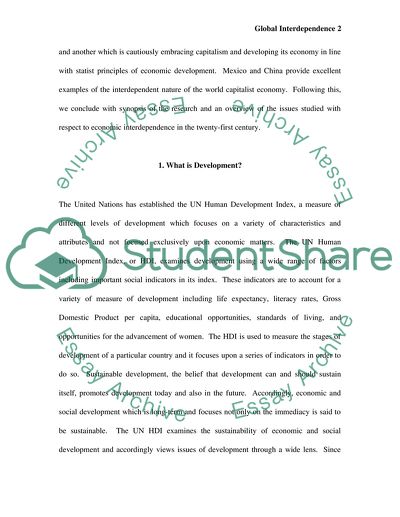Cite this document
(Economic Interdependence of Mexico and China Case Study, n.d.)
Economic Interdependence of Mexico and China Case Study. Retrieved from https://studentshare.org/macro-microeconomics/1728669-interdependence-international-economic-relations
Economic Interdependence of Mexico and China Case Study. Retrieved from https://studentshare.org/macro-microeconomics/1728669-interdependence-international-economic-relations
(Economic Interdependence of Mexico and China Case Study)
Economic Interdependence of Mexico and China Case Study. https://studentshare.org/macro-microeconomics/1728669-interdependence-international-economic-relations.
Economic Interdependence of Mexico and China Case Study. https://studentshare.org/macro-microeconomics/1728669-interdependence-international-economic-relations.
“Economic Interdependence of Mexico and China Case Study”, n.d. https://studentshare.org/macro-microeconomics/1728669-interdependence-international-economic-relations.


